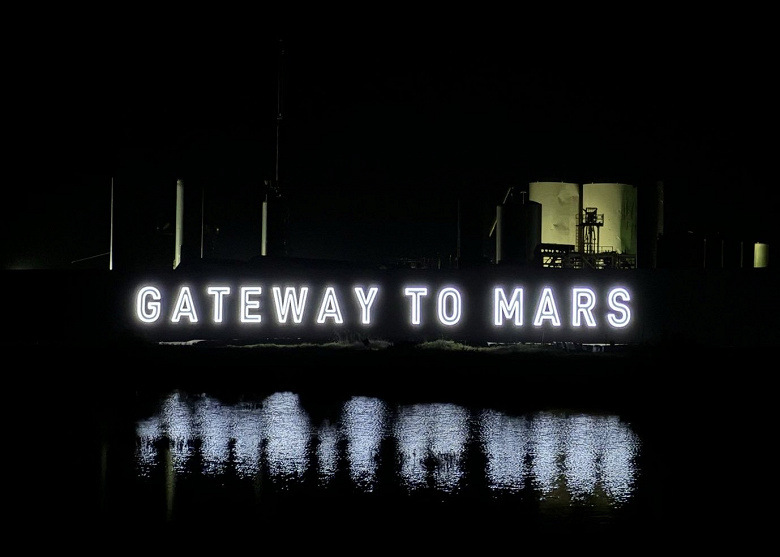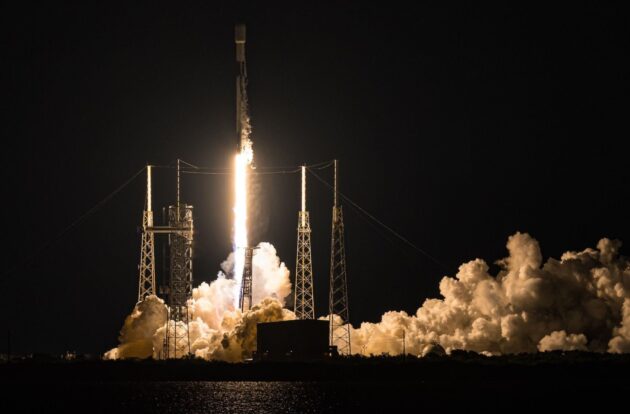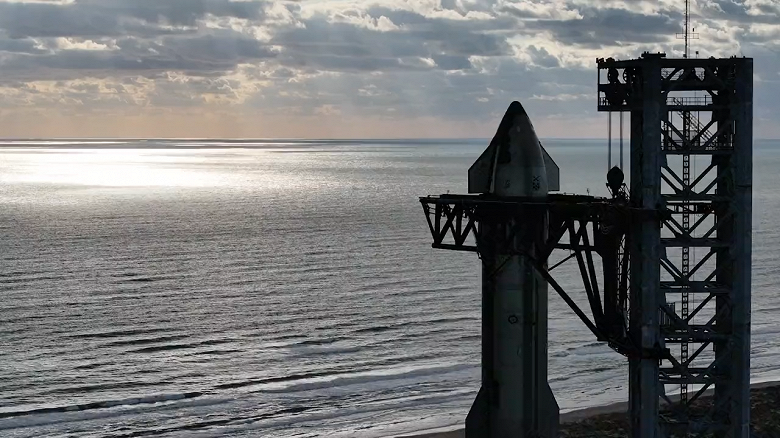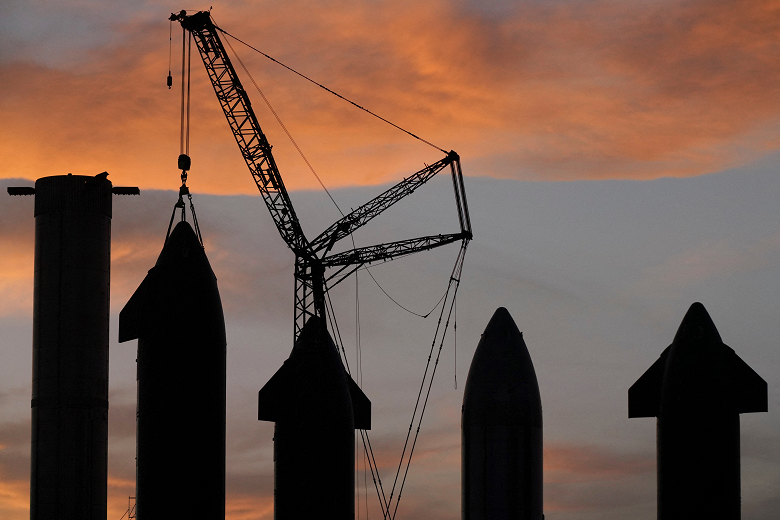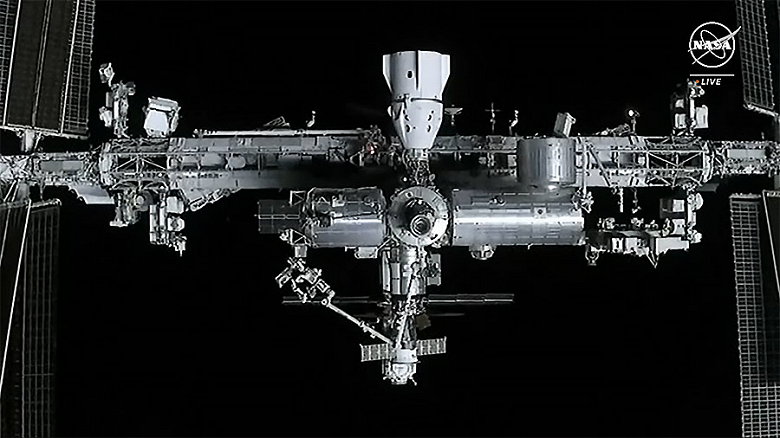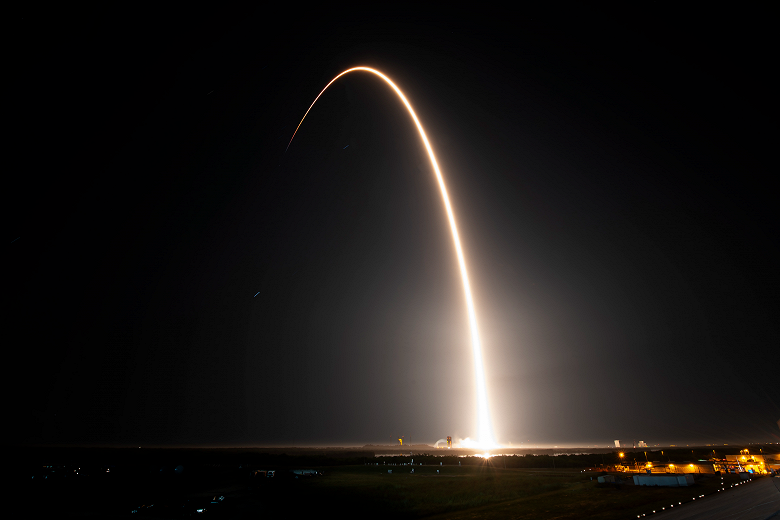Launch of a spy satellite in the United States: SpaceX’s annual record and another successful landing of the first stage of Falcon 9
SpaceX today launched a secret spy satellite for the US National Aerospace Intelligence Agency (NMSA) into space, successfully completing its 26th launch in 2020, a new year record for the company. The mysterious payload, dubbed NROL-108, lifted off from Pad 39A at NASA’s Kennedy Space Center at 17:00 Moscow time.
